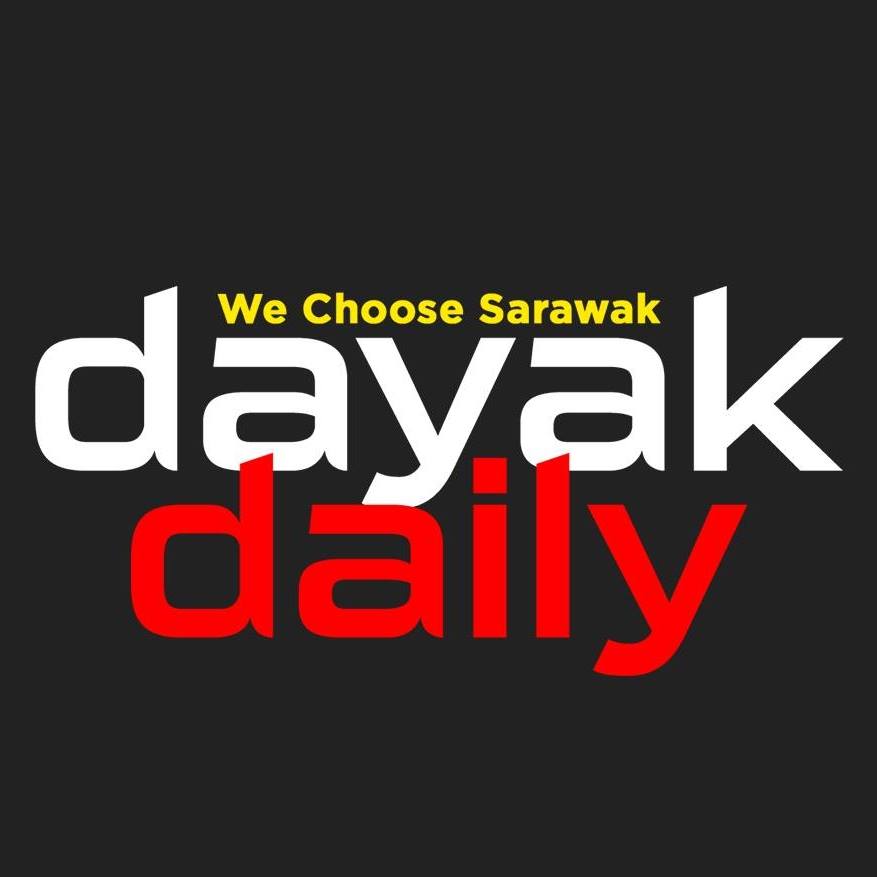
By DayakDaily Team
KUCHING, March 11: The Trans Borneo Rail Project will prioritise cargo transportation with 70 per cent of its capacity allocated for freight services.
In a TVS news report, Malaysia’s Deputy Minister of Transport Datuk Hasbi Habibollah stated that the remaining 30 per cent would cater to passenger transport.
“This concept is modelled after the East Coast Rail Link (ECRL) to support the logistics and industrial sectors in Sabah and Sarawak.
“For urban rail services, the Sarawak government has developed the Automated Rapid Transit (ART) system in Kuching, which is better suited for passenger movement within city areas,” he said during the Oral Question session at the Dewan Negara today.
He was responding to a supplementary question from Senator Robert Lau Hui Yew, who asked whether the study would explore connectivity to Kalimantan, Indonesia, and consider a Light Rail Transit (LRT) system in Kuching to alleviate traffic congestion.
Earlier, Lau had inquired whether the government had plans to develop a railway system in Sarawak and Sabah, particularly between major cities.
Hasbi further explained that the Sabah and Sarawak governments would play a direct role in the planning. He noted that the federal government has agreed to conduct a feasibility study, slated to begin in mid-2025.
“The study, expected to be completed by 2026, will assess technical, commercial, and socio-economic aspects, as well as the project’s financing model.
“Its findings will serve as the foundation for future railway development in Sabah and Sarawak.
“The government is confident that this study will facilitate strategic railway planning and enhance connectivity between key cities in both states,” Hasbi added.
The next evaluation meeting for the Trans Borneo Rail Project is scheduled for tomorrow, bringing together all relevant agencies to assess proposed routes, infrastructure requirements, and logistical development plans in Sabah and Sarawak. — DayakDaily







